Molde, Norway go to Geiranger, Norway
Geiranger, Norway, the fjords are the most familiar and alluring image of
Norway: huge clefts in the landscape occurring throughout the country. The soul
of Norway's landscape, the fjords cut deeply into the mainland, giving this
country a coastline of 13,110 miles. Each fjord and every valley formed to their
own natural splendor. Western Norway is known as fjord country, home to the
breathtaking Geirangerfjord providing one of the world's most unique travel
experiences. A branch of the Storfjord, the 10 mile long Geiranger fjord is
narrow and winding, marked with spectacular waterfalls, known as the Seven
Sisters. Tucked away at the head of this fjord is the village of Geiranger. The
inhabitants of the region are self sustaining, spinning their own wool and
building their own houses, furniture and boats. Surrounded by towering
mountains, often rising upwards for thousands of feet, Geiranger lies in a
picture postcard setting.
Bergen, Norway set on a peninsula and surrounded by seven mountains, Bergen's history is closely tied to the sea. Founded in 1070, Bergen was the largest and most important town in medieval Norway and also the capital in the 12th and 13th century. A central port of the Hanseatic League (an association of towns for the protection of trading interests), the town's own tradesmen were completely ousted by this league. German Hansas and artisans continued to carry on a thriving business in Bergen, with their own enclosed community and their own laws. The Hanseats eventually took over all trade with northern Norway, a domination that was to last for two hundred years. Their influence is still clearly visible in the sharply gabled terrace houses that line Bergen's picturesque harbor. One of the oldest and best preserved buildings in Bergen is the Hanseatic Museum, located in the old medieval quarter, known as Bryggen.
Alesund, Norway is laid out across three islands: Norvoy, Aspoy and Hessa,
Alesund is the entrance to Stor Fjord. Bridges and tunnels link the islands.
Established in the 9th century when a castle was built nearby, the settlement
that eventually grew around the castle, was incorporated in 1848. In 1904, a
sweeping fire claimed the old wooden buildings. More than 10,000 people lost
their homes in the blaze, and the survivors, hoping to ensure there would never
be a repeat of the tragedy, rebuilt everything from stone. At the time,
German-influenced Jugendstil (Art Noveau) was popular, so Alesund assumed the
new style - the Norwegian-influenced version is especially colorful. With 40,000
residents fishing is still a local economic mainstay.
More Bergen, Norway
Amsterdam, The Netherlands first use of the name comes from a certificate
dated 1275, when the residents of the area, who had built a bridge with a dam
across the Amstel, were exempted from paying a bridge toll. This certificate
referred to the residents as "people living near Amestelledamme". The name
developed into Aemsterdam by 1327. The land around Amsterdam was reclaimed as
early as the 10th century, but not for inhabitation or farming. Most likely it
was reclaimed for collecting peat, an important fuel source. After Amsterdam was
granted city right in the first decade of the 1300's, it flourished, largely
because of trade with the Hanseatic League. Amsterdam's second Golden Age came
at the end of the 19th century with new museums, a train station, and the
building of the Concertgebouw. At the same time, the Industrial Revolution
reached the city. The newly dug Amsterdam-Rhine Canal gave Amsterdam a direct
connection to the Rhine, and the North Sea Canal gave the port a shorter
connection to the North Sea. Both projects dramatically improved Amsterdam's
connection, and therefore commerce, with the rest of Europe and the world.
Southhampton, England is the largest city in the country of Hampshire on
the south coast of England, and is situated 75 miles south west of London and 19
miles northwest of Portsmouth. Southampton is a major port and is situated at
the confluence of the River Test and River Itchen, with the River Hamble joining
to the south of the urban area. The local authority is Southampton City Council,
which is a unitary authority. Significant employers in Southampton include the
University of Southampton, Southampton Airport, the Ford Transit factory,
Ordnance Survey, the BBC South, the NHS and Cornival Corporation. It is one of
the largest commercial ports in Europe. The city represents the core of the
Greater Southampton region, and the city itself has an estimated population of
239,700. Southampton combines with Portsmouth to form a single metropolitan area
stretching from Salisbury to Bognor Regis. With a population of 1,547,000 this
is the United Kindom's eighth most populous metropolitan area. The city's name
is sometimes abbreviated in writing to "So'ton" or Soton", and a resident of
Southampton is called a Sotonian. Southampton is noted for its association with
the RMS Titanic, the Spitfire and more recently a number of the largest cruise
ships in the world.

















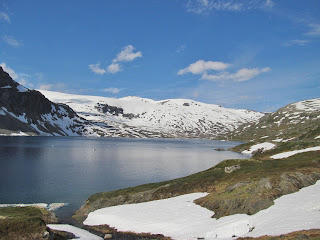



























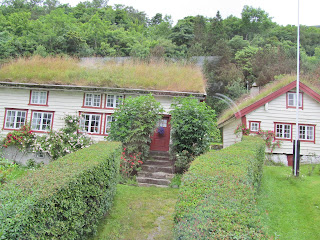













































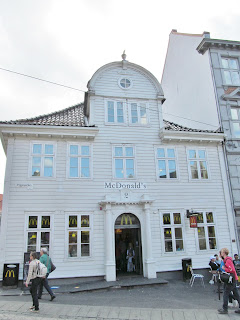



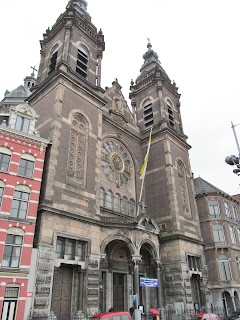










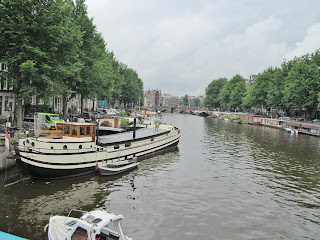
































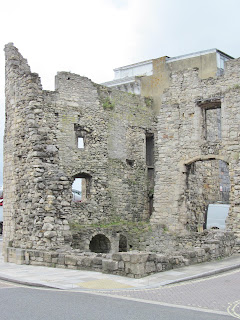









No comments:
Post a Comment